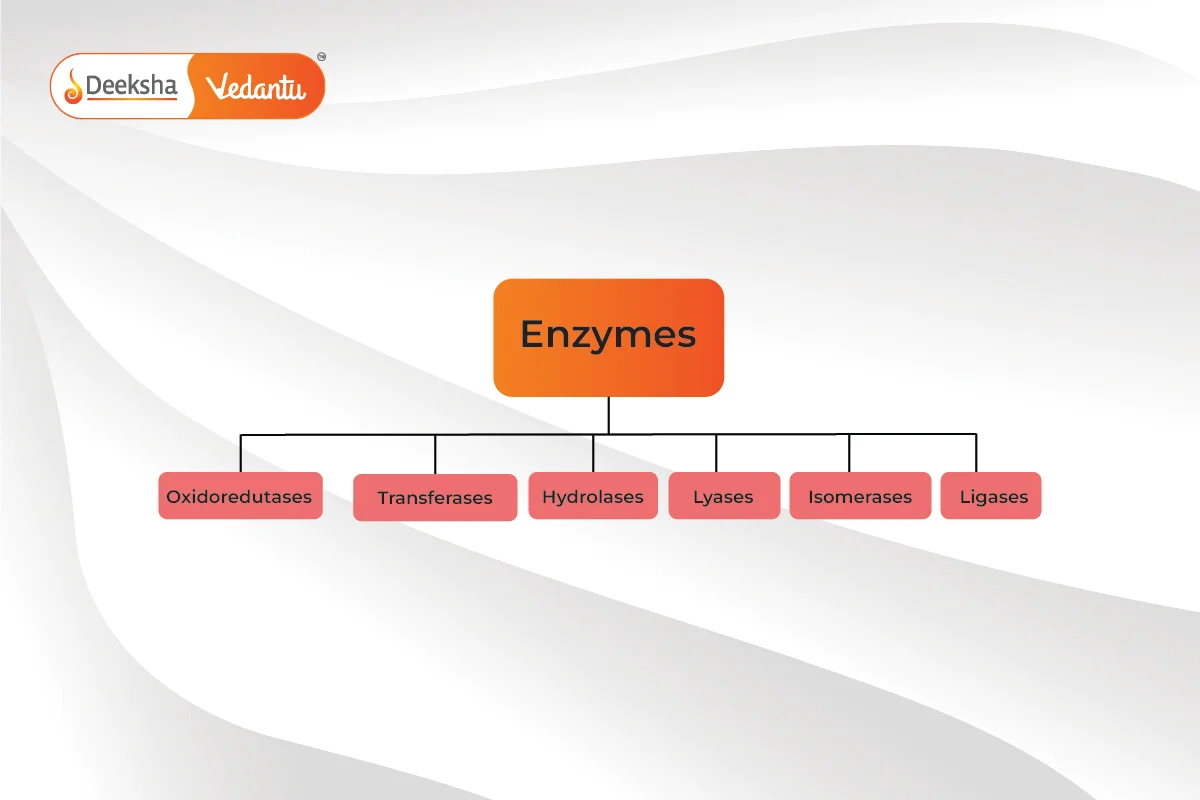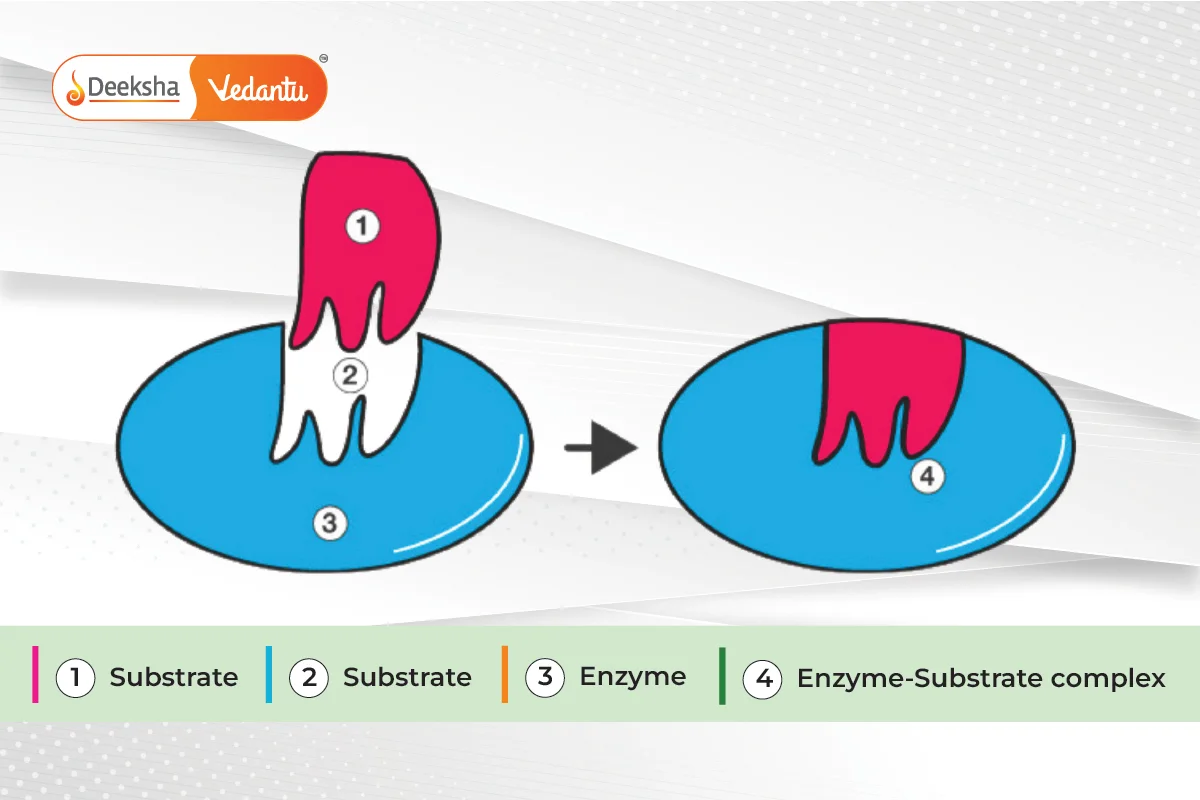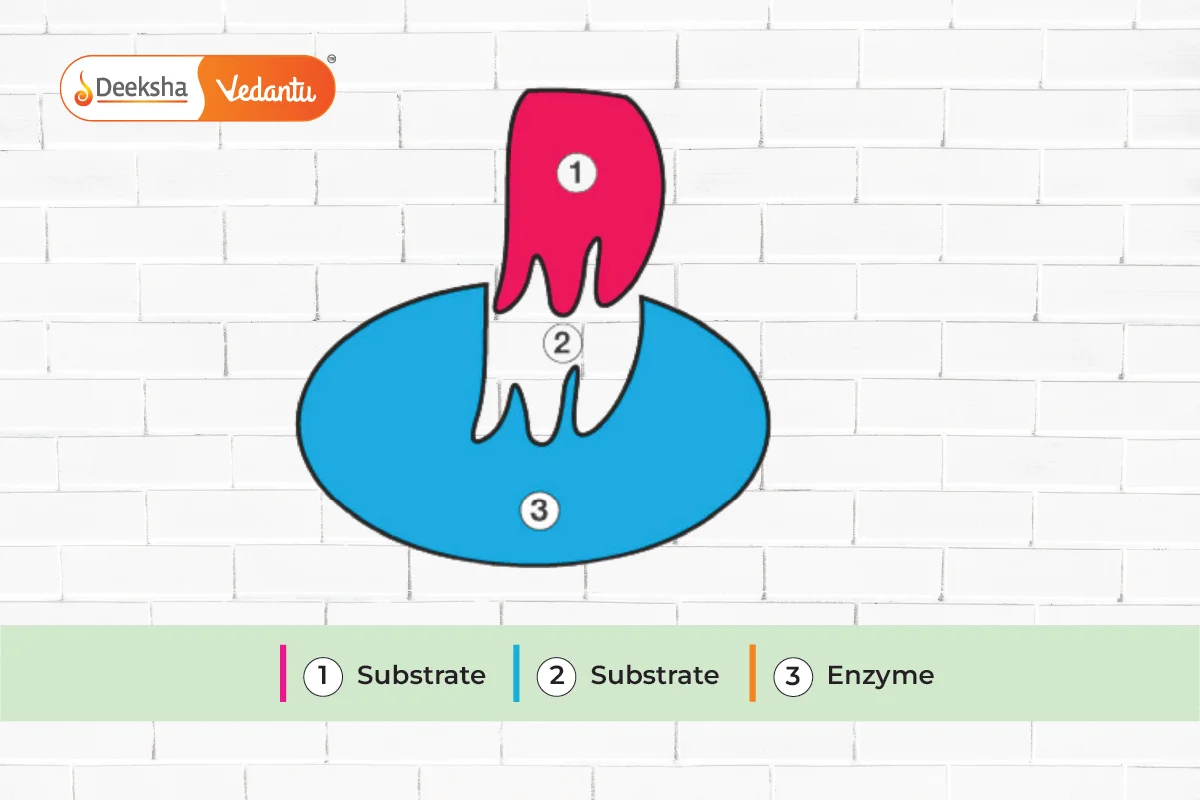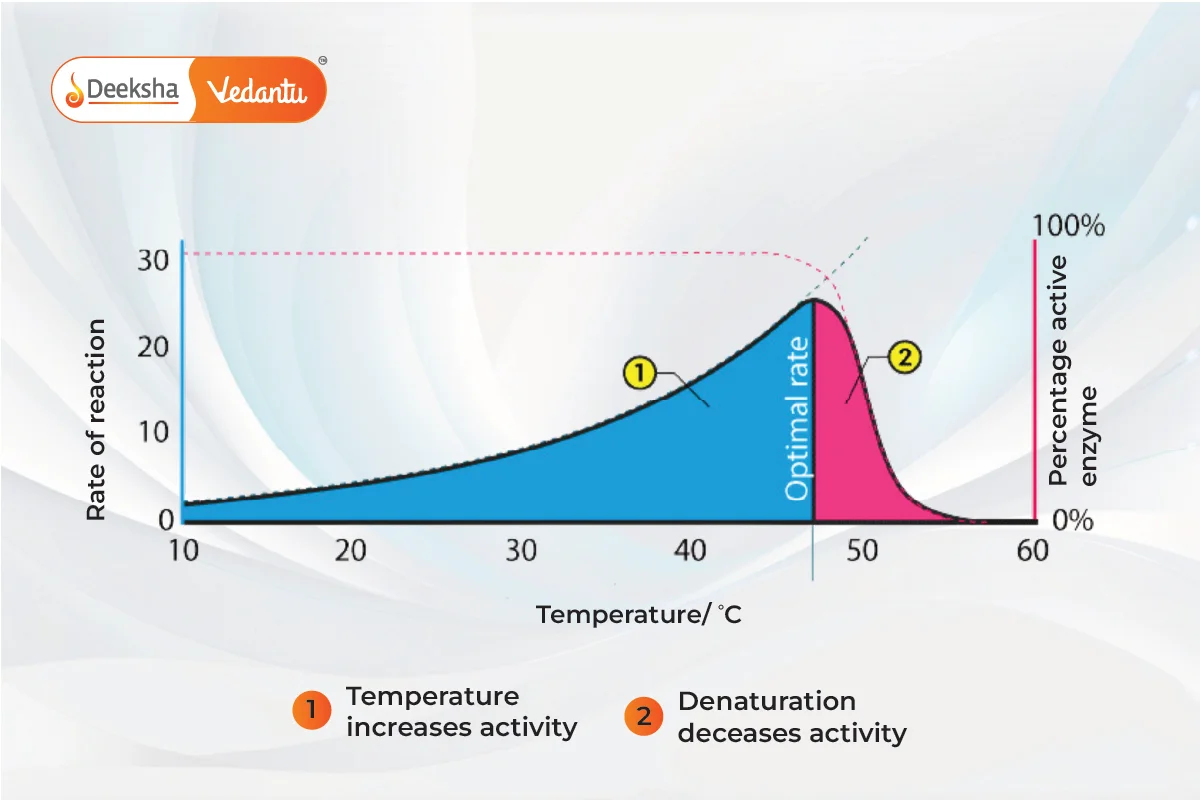Overview of Enzymes: The Catalysts of Life
Enzymes are powerful proteins that play a critical role in facilitating various chemical reactions within the body. These biological catalysts are vital to sustaining life, influencing processes from digestion to DNA synthesis. Understanding enzymes’ structure, function, and behavior in biochemical reactions provides insight into their essential role in both health and disease.
What Are Enzymes?
Enzymes are specialized protein molecules that accelerate biochemical reactions in living organisms. These are not just catalysts but are highly selective, binding only to specific reactants called substrates. This specificity ensures that each enzyme performs a particular task, affecting only a specific reaction or series of reactions, which is crucial for maintaining the body’s intricate balance.
Structure of Enzymes
Enzymes are composed of amino acid chains that fold into unique three-dimensional structures. The exact arrangement of these amino acids determines the enzyme’s properties and its specific function. Each enzyme has an active site, a specially shaped area that fits the substrate. The active site’s precise shape and chemical environment allow it to bind to the substrate, facilitating the chemical reaction that follows.
The enzyme structure can be affected by changes in temperature and pH, which can denature (unfold) the protein, leading to a loss of function. Therefore, each enzyme works optimally under specific conditions that maintain its structure.
Classification of Enzymes

Enzymes are categorized into six main classes based on the type of reaction they catalyze:
- Oxidoreductases: Involved in oxidation-reduction reactions.
- Transferases: Transfer functional groups between molecules.
- Hydrolases: Catalyze the cleavage of bonds by the addition of water.
- Lyases: Break down molecules without water.
- Isomerases: Catalyze the rearrangement within a molecule.
- Ligases: Join two molecules together.
Enzyme Mechanism

Enzymes lower the activation energy required for a reaction, which is the energy needed to initiate the reaction. They achieve this by binding to substrates and forming an enzyme-substrate complex that facilitates the reaction through various mechanisms, such as orienting substrates correctly, straining substrate bonds, or temporarily adding chemical groups.
Factors Influencing Enzyme Activity

Several factors can affect enzyme activity:
- Temperature and pH: Enzymes have optimal conditions under which they function most effectively. Extreme conditions can denature enzymes, reducing their effectiveness.

- Substrate Concentration: Increases in substrate concentration generally boost enzyme activity by providing more reactant molecules that can be converted into products, up to a saturation point beyond which no further increase in rate is observed.
- Enzyme Inhibitors: These molecules can reduce or block enzyme activity. They are often used in drugs to inhibit specific enzymes related to diseases or disorders.
Roles of Enzymes in the Body
Enzymes are involved in nearly every physiological process, including:
- Digestion and Metabolism: Enzymes break down foods into nutrients that the body can absorb and convert into energy.
- DNA Replication and Repair: Enzymes help copy and repair DNA during cell division, ensuring genetic information is passed accurately to new cells.
- Protein Synthesis: Enzymes are key players in building proteins from amino acids.
- Detoxification: Enzymes in the liver transform toxic substances into harmless products that are excreted from the body.
Conclusion
Enzymes are indispensable to life, facilitating countless reactions that are essential for survival. Understanding how enzymes work not only highlights their importance in biology and health but also aids in developing treatments for various diseases where enzyme activity is disrupted.
FAQs
Enzymes are used in various industries for their catalytic properties. They are used in the food industry to enhance flavors and textures, in detergents to break down stains, and in pharmaceuticals for drug manufacture.
Enzymes are sensitive to pH and temperature because changes in these conditions can alter the enzyme’s structure. Extreme temperatures and pH levels can unfold the enzyme, rendering it inactive.
Enzyme inhibitors are molecules that can decrease or block the activity of an enzyme. They are crucial in regulating enzyme activity in the body and are often used as drugs to treat diseases by inhibiting specific enzyme-targeted pathways.
Yes, enzymes can be reused. They are not consumed in the reactions they catalyze and can continue to act repeatedly on multiple substrate molecules.
Enzymes accelerate chemical reactions by lowering the activation energy required, facilitating the transformation of substrates into products more efficiently.












Get Social